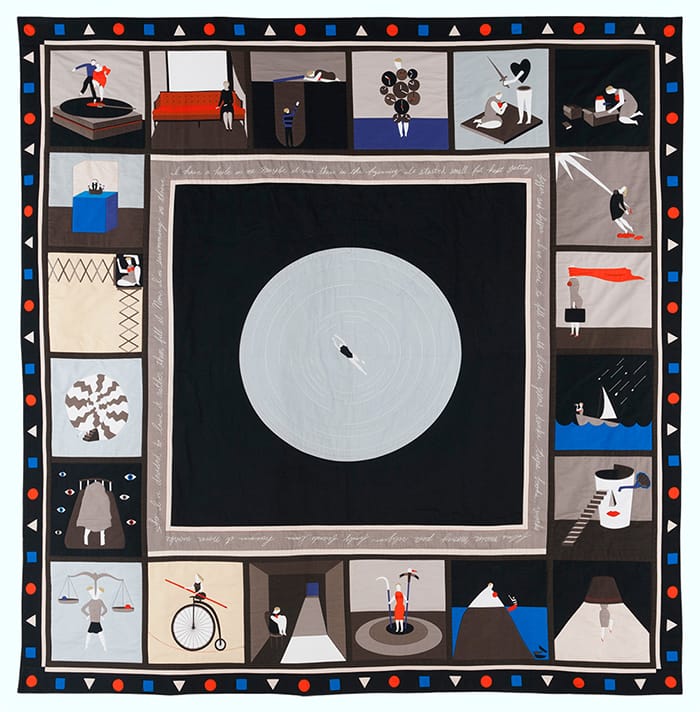Equally at home constructing complex appliqué quilts as she is using ink and paper, this Seoul-born illustrator's work combines adept storytelling with masterful control.
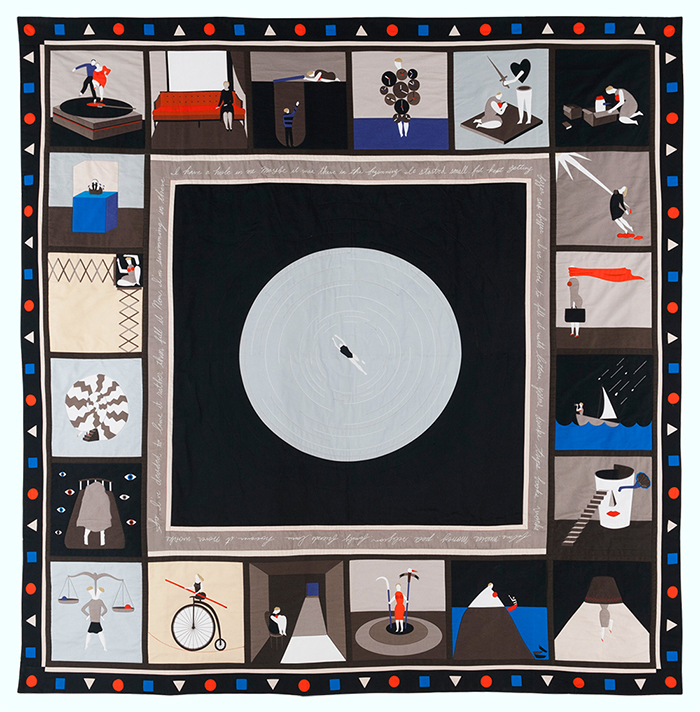
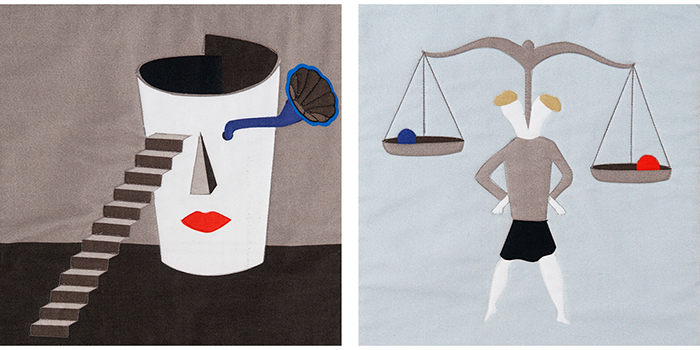
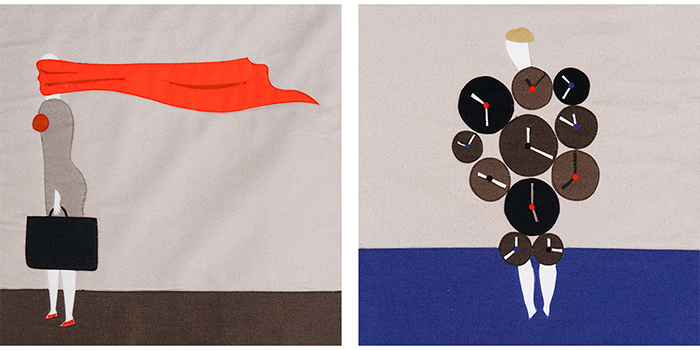
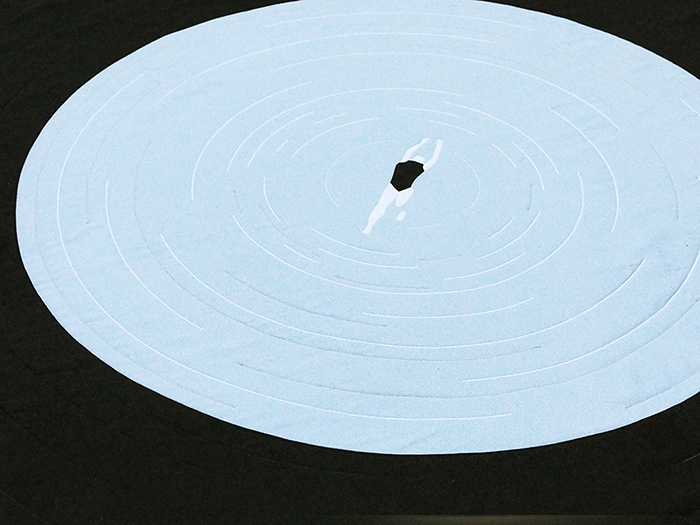
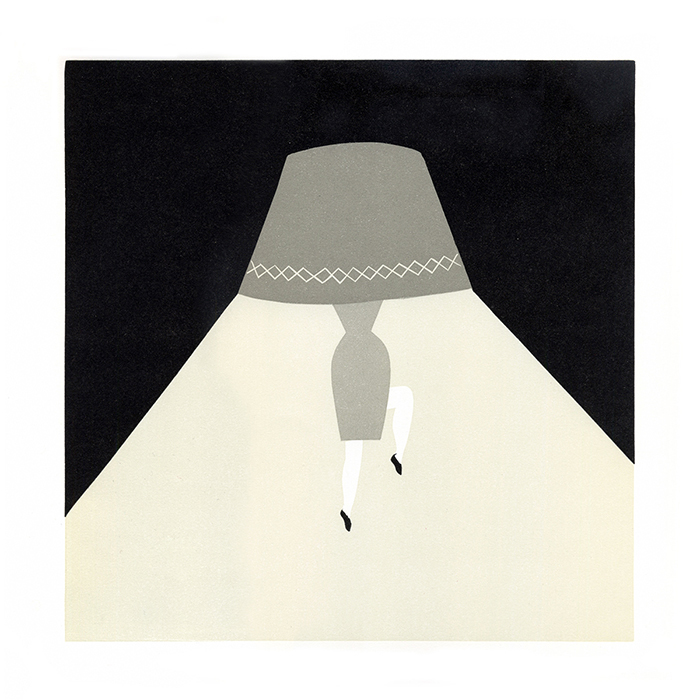
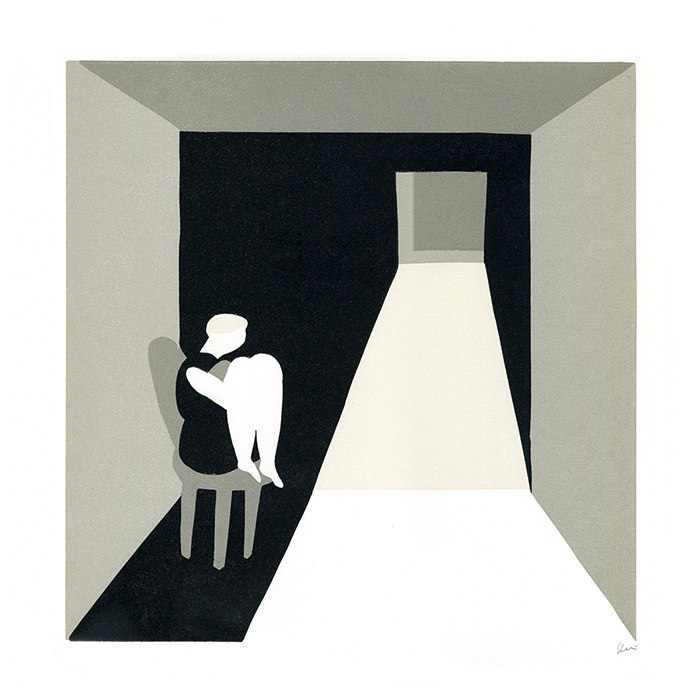
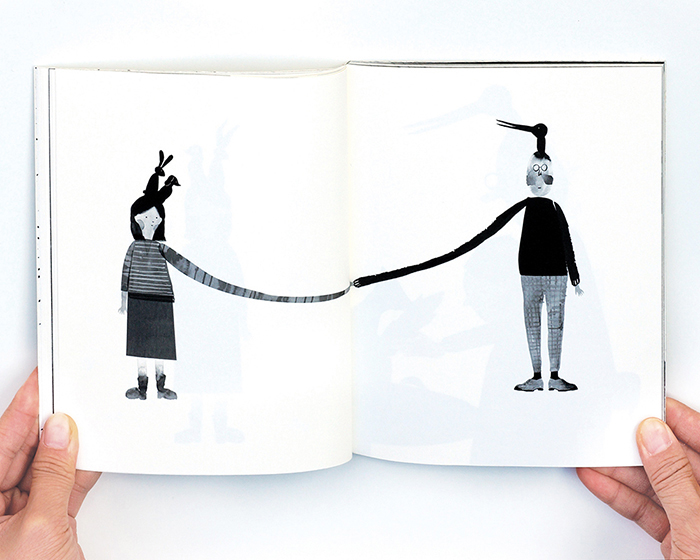
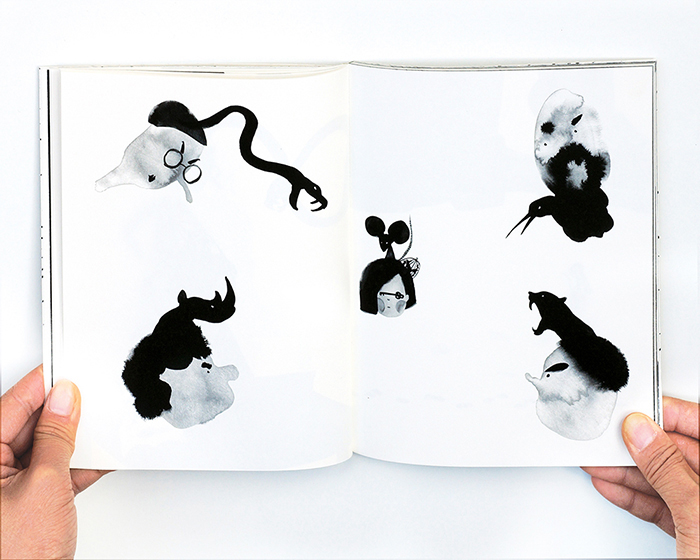
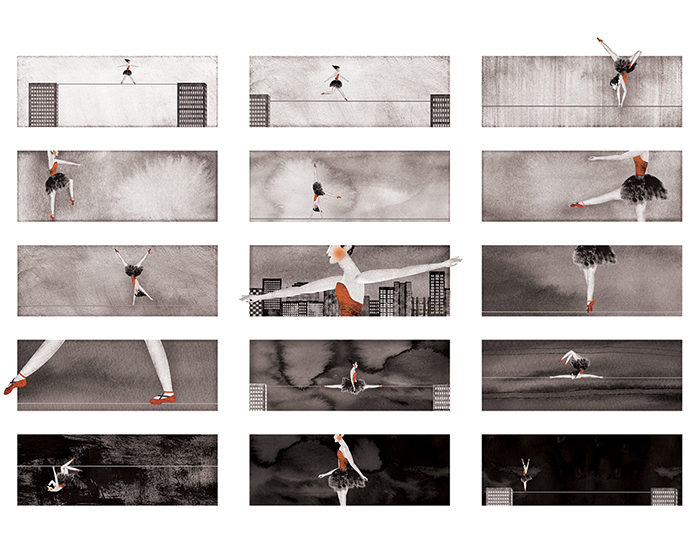
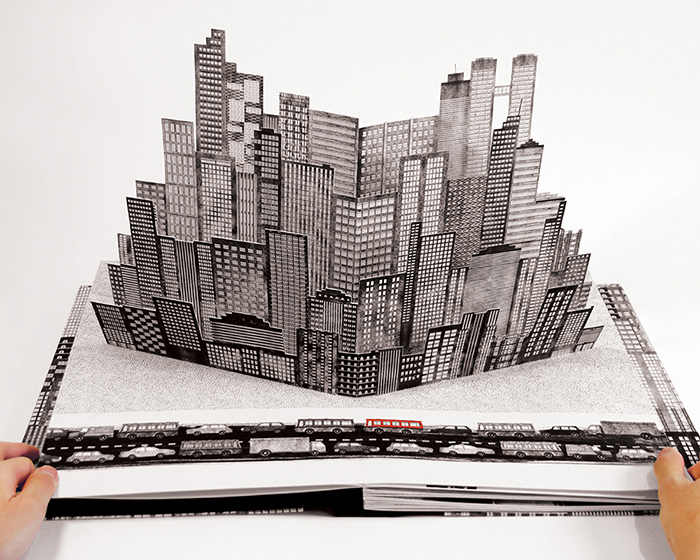
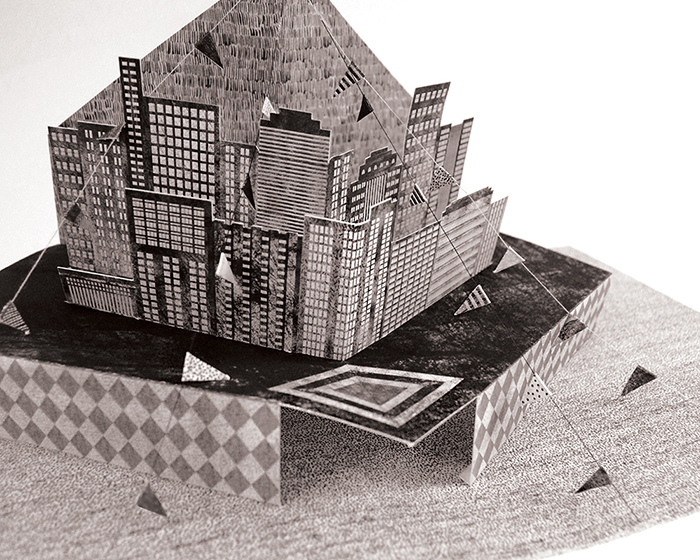
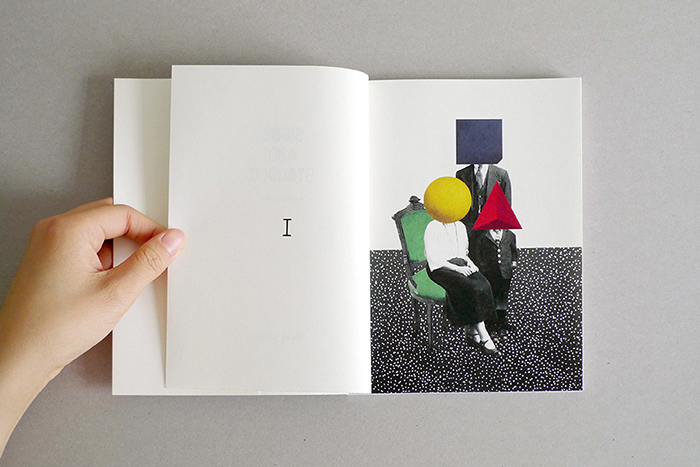
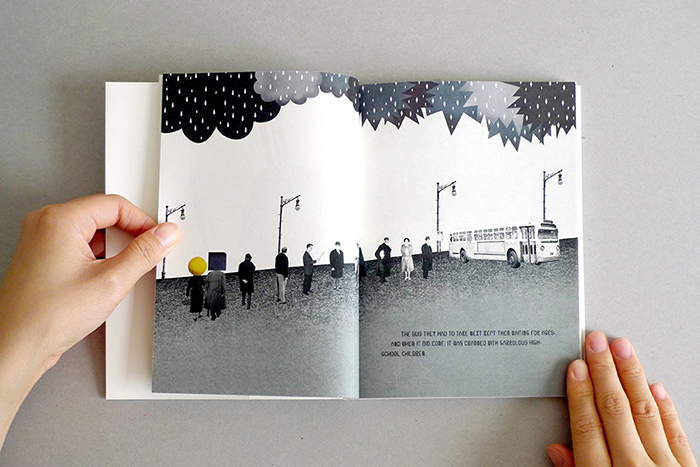
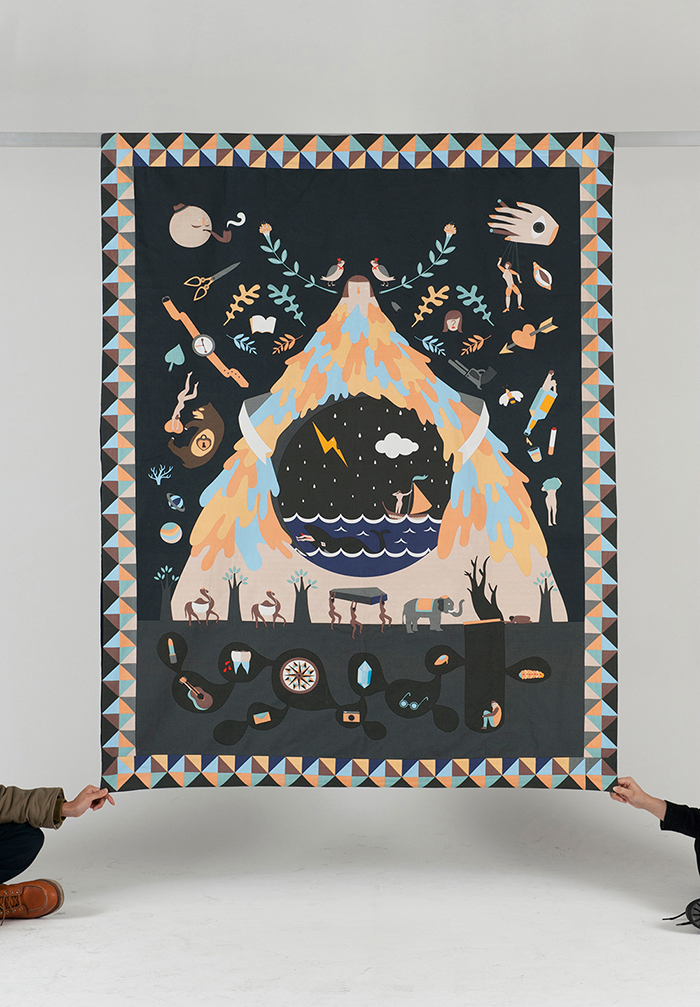
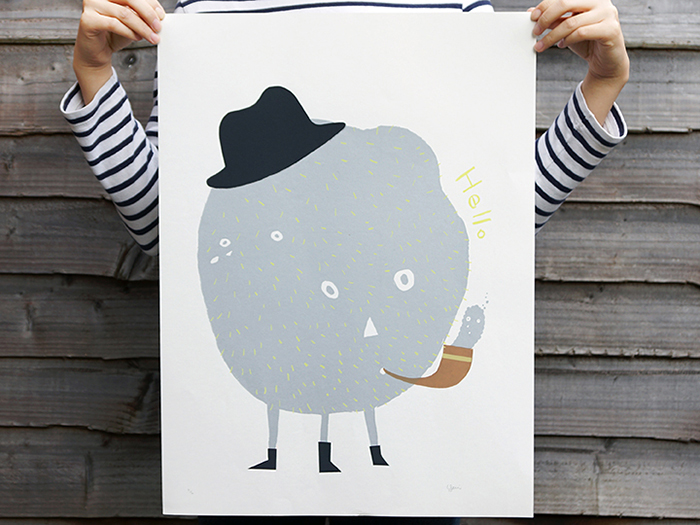
What do you think makes a good story?
Sincerity. It doesn’t mean that storytellers only have to tell truths but, either by direct or indirect experience, they should have an attachment to the content. Sincerity plus a bit of refining to transform the story from your own into a more universal language tends to have good results. I always try to find a narrative from my own experience.
Tell me about something you’re working on at the moment.
I’m currently working on two of my own projects, as well as some freelance jobs. One is making a new book about memory and recall, and the other is transferring landscapes from my dreams to drawings.
What’s you favourite medium to work in?
It totally depends on how I’m feeling at the time. Sometimes I prefer to be more classical, using pencils, inks and paints on paper. But I also love to work digitally when I get bored making hand-drawn images. Then I’ll switch back to analogue again. My work varies from print to installations, so it’s important for me to remain open to various media without any restrictions.
What challenges did transforming your illustrations into quilts pose?
My quilt The Hole is a collage of metaphorical images about loneliness derived from memory. I chose this method because the process of making a memorial quilt (choosing events and making one complete image from fragments of clothes) seemed similar to how we build our memories. The hardest bit was actually constructing it. The embroideries in the middle were all done by hand; it took about about a week to complete, working day and night. Half-way through I asked myself why I’d started!
How do you think Korean design has influenced your work?
I don’t think my work is typically Korean in style. But since I was born and raised in Seoul, Korean culture has definitely affected my work somehow, directly or indirectly. My illustrations are rooted in stories around me. The narrative of City Acrobat, especially, was made based on my experience in the country.
yenikim.com

